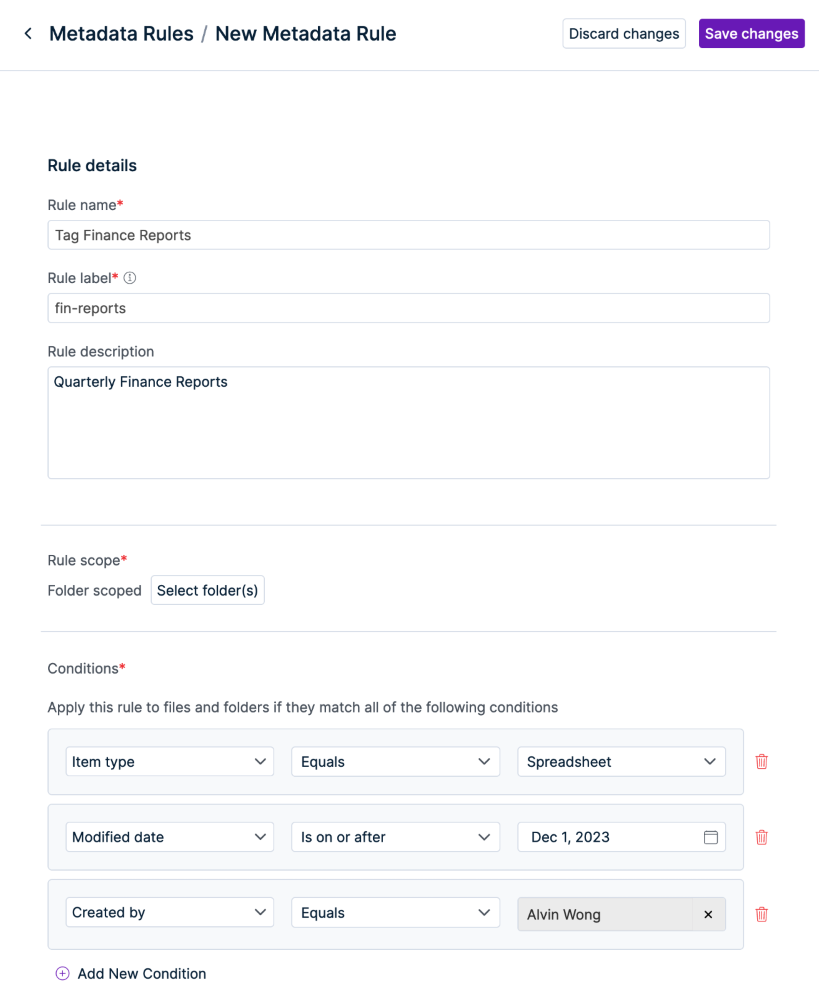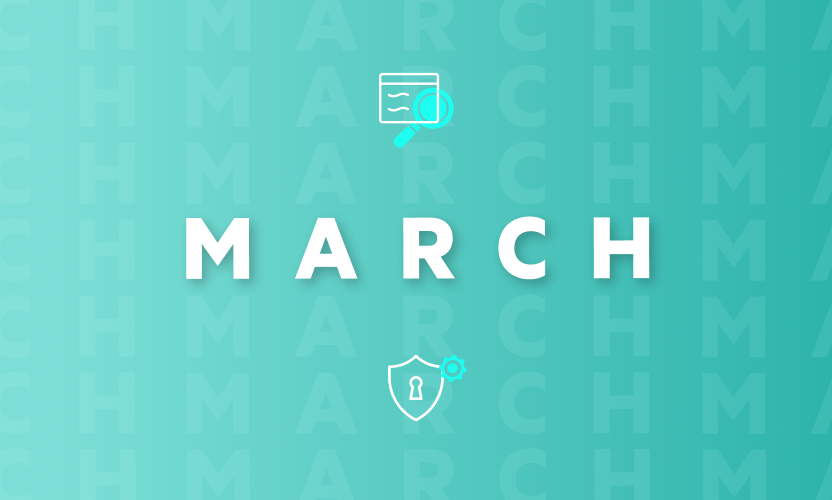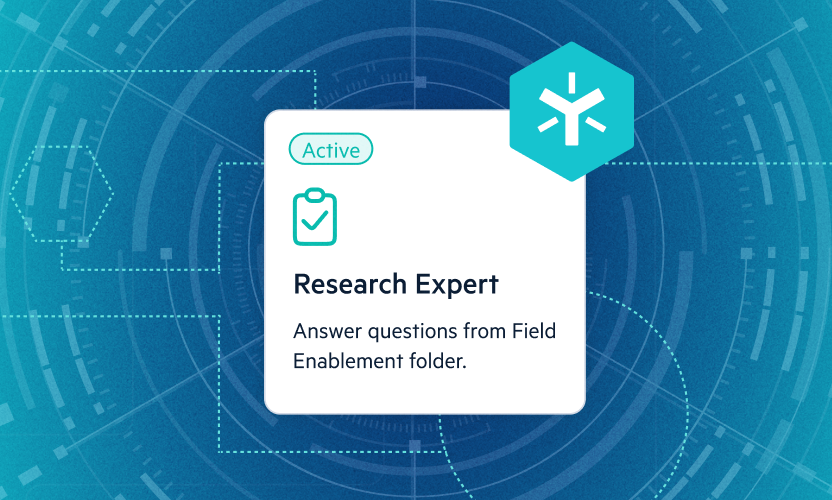
Streamline Content Organization with Rules-based Metadata
Metadata is a powerful tool for organizing and managing digital assets, but as digital content volumes continue to grow, manual tagging becomes increasingly time-consuming and inefficient. Manual tagging can lead to inconsistent metadata, making it a challenge to search and organize content effectively. In response to these challenges and to enhance metadata management, Egnyte has introduced "Rules-based Metadata." This system uses pre-defined user-defined rules to automatically generate and assign metadata to digital assets.
Users can employ rules-based metadata to automatically assign specific metadata values to files and folders that meet the rule's criteria. This streamlines and accelerates the organization of digital assets, enabling the application of metadata to extensive file and folder collections with minimal effort. Moreover, rules-based metadata ensures enhanced consistency in categorizing digital assets, facilitating the grouping of similar items and their easy discoverability.
Creating Rules-based Metadata
Crafting a metadata rule is a simple and easy process, streamlining your workflow effortlessly. Users can access the “Metadata Rules” section from the settings screen. Within this section, they can provide the “Rule details”, including the “Rule name”, “Label” (which depends on the content type), “Description”, and a list of folders where the rule will be applied.
Once the rule is created, it is automatically applied to the folders selected by the user. Any content within the folders that matches the rule is tagged with the user-supplied label. This streamlined approach simplifies the large-scale application of metadata to files and folders, reducing the need for extensive manual effort. Anyone with “Power User” level access and full permission on a folder can create metadata rules within the application.

Applying Metadata Rules
Users have the flexibility to implement metadata rules on files or files that meet the specified criteria. They can either create a new rule or use pre-defined ones shared by their team members, provided they have full permissions for the folder. This approach helps teams tap into each other’s expertise and enhance the application of metadata tags to files and folders collaboratively.
To boost metadata tagging and enhance content discoverability, users are encouraged to regularly monitor and review rules and adjust them as needed to maximize their effectiveness.
Rules-based Metadata in the AEC Industry
Rules-based Metadata plays a critical role in enhancing collaboration and efficiency within the AEC (Architecture, Engineering, and Construction) industry. In a dynamic project environment where multiple stakeholders are involved, file metadata serves as a valuable organizational tool. Embedding information such as project timelines, revision history, and author details directly into file metadata can help teams easily track the evolution of a project. This not only streamlines project management but also facilitates seamless collaboration, as all stakeholders can access a comprehensive overview of the file's history.
Additionally, metadata enables quick retrieval of relevant documents, reducing the time spent searching for critical information. This is beneficial for large-scale projects where timely retrieval of accurate data is crucial for decision-making.
In addition to project management, rules-based metadata contributes to compliance and quality. Metadata allows for the inclusion of information related to regulatory standards, certifications, and compliance requirements. This ensures that all project files adhere to industry regulations, promoting transparency and accountability.
Moreover, metadata can be utilized to catalog details about building materials, specifications, and maintenance schedules, providing a comprehensive digital record that aids in facilities management post-construction. By leveraging rules-based metadata, the AEC industry not only enhances its operational efficiency but also establishes a robust framework for content governance, ultimately leading to improved project outcomes and long-term sustainability.
To learn more about rules-based metadata, please read this helpdesk article or reach out to your account representative and enable rules-based metadata for your organization.




